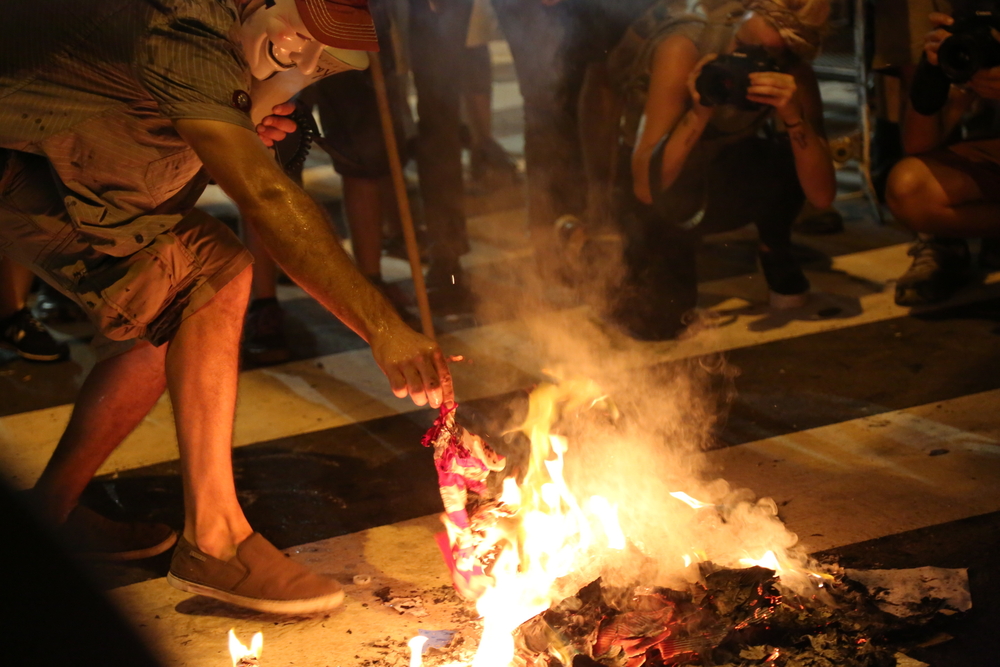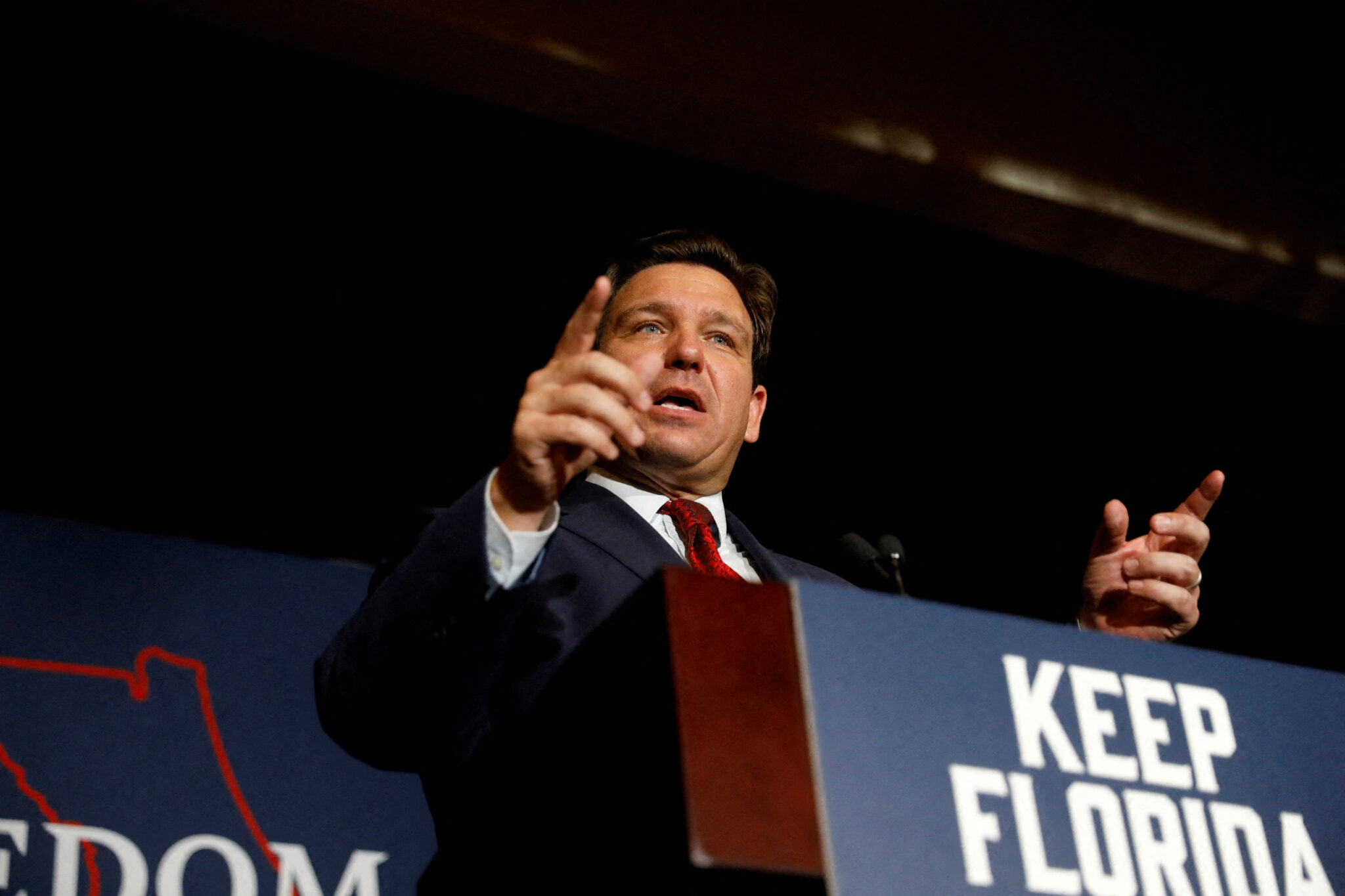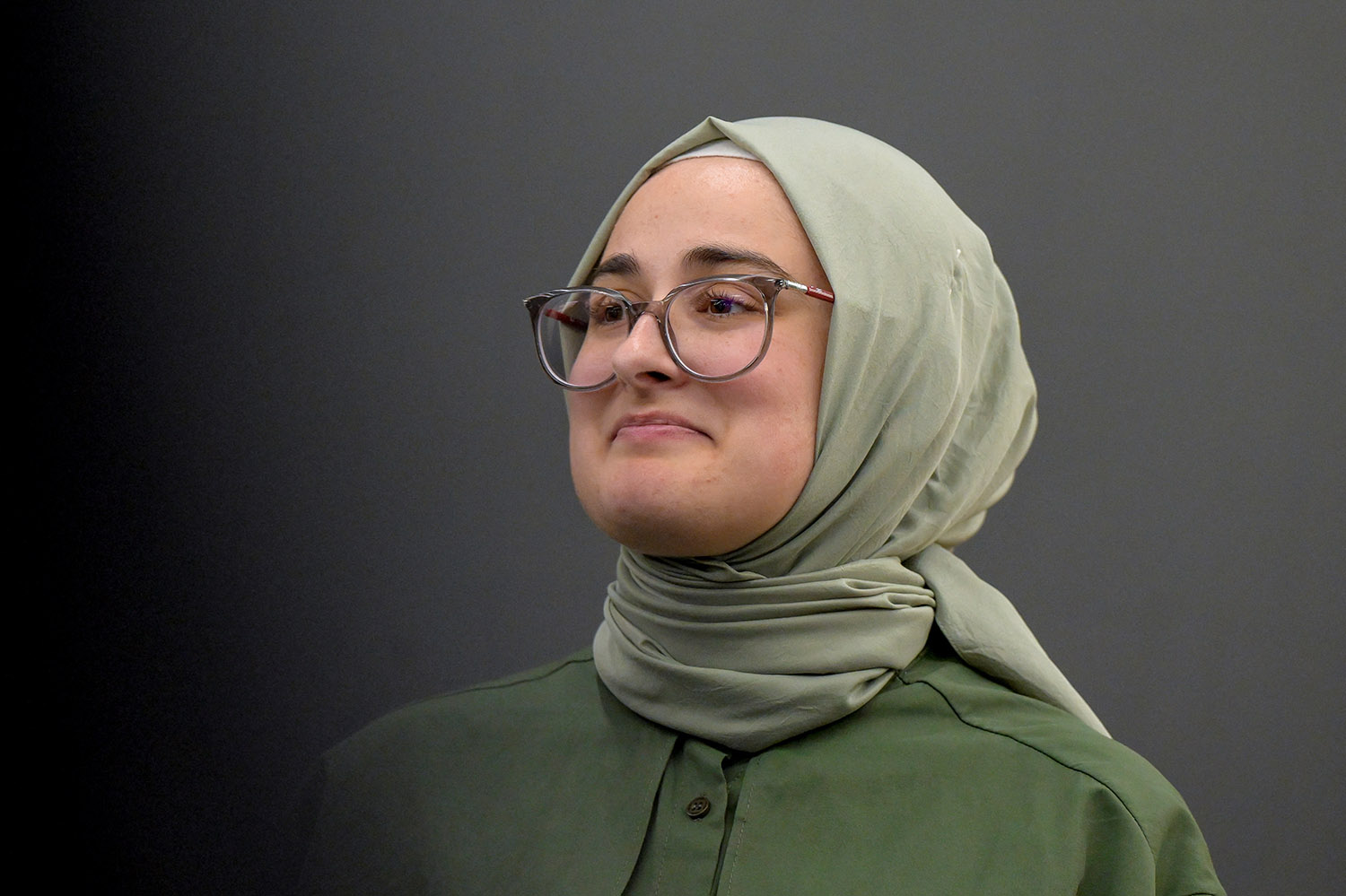WASHINGTON (AP) — President Donald Trump on Monday signed an executive order requiring the Justice Department to investigate and prosecute people for burning the American flag, an activity that the U.S. Supreme Court has ruled is legitimate political expression protected by the U.S. Constitution.
The order the Republican president signed in the Oval Office acknowledged the court’s 5-4 ruling in a case from Texas in 1989, but said there is still room to prosecute flag burning if it “is likely to incite imminent lawless action” or amounts to “fighting words.”
“You burn a flag, you get one year in jail. You don’t get 10 years, you don’t get one month,” Trump said. “You get one year in jail, and it goes on your record, and you will see flag burning stopping immediately.”
The order also called for Attorney General Pam Bondi to pursue litigation to challenge the 1989 ruling, an attempt by Trump to get the issue back in front of the Supreme Court. Today’s Supreme Court is much more conservative than the makeup of the court in 1989 and includes three judges Trump appointed in his first term.
Civil liberties advocates and constitutional scholars questioned both the legality and the merit of Trump’s action. A lawyer working for a free speech group said Trump does not have the power to rewrite the First Amendment.
“While people can be prosecuted for burning anything in a place they aren’t allowed to set fires, the government can’t prosecute protected expressive activity — even if many Americans, including the president, find it ‘uniquely offensive and provocative,’” added Bob Corn-Revere, chief counsel of the Foundation for Individual Rights and Expression.
In the 1989 case, the justices ruled 5-4 that the First Amendment protects flag burning as legitimate political expression. The late Justice Antonin Scalia, the conservative icon whom Trump has repeatedly praised, was in the majority.
On Monday, Trump described the 1989 court behind the ruling as a “very sad court.”
A White House fact sheet referenced recent protests, including in Los Angeles in June, where the flag was burned “alongside violent acts and other conduct threatening public safety.”
“All over the country they’re burning flags. All over the world, they burn the American flag,” Trump said, as Vice President JD Vance, Bondi, Defense Secretary Pete Hegseth and other administration officials stood behind him as he sat at his desk.
G.S. Hans, a law professor at Cornell University who focuses on the First Amendment, said the country has not suffered from an “endemic of flag burning.”
“I don’t think this is something that has been a big problem,” Hans said in an interview. “It’s a solution in search of a problem.”
The executive order states that desecrating the American flag is “uniquely offensive and provocative. It is a statement of contempt, hostility, and violence against our Nation — the clearest possible expression of opposition to the political union that preserves our rights, liberty, and security. Burning this representation of America may incite violence and riot.”
The order calls on the attorney general to prioritize enforcement “to the fullest extent possible” of criminal and civil laws against flag burning that cause harm unrelated to the First Amendment’s free speech guarantee.
“Thank you for protecting the American flag, and we’ll do that without running afoul of the First Amendment as well,” Bondi told the president.
Foreign nationals could face having their visas, residency permits, naturalization proceedings and other immigration benefits revoked, according to the order. They could also be deported.
Flag-burning has been on Trump’s mind for years.
After he was elected president in November 2016, Trump said “there must be consequences” for anyone who burns an American flag, such as jail or loss of citizenship.
“Nobody should be allowed to burn the American flag — if they do, there must be consequences — perhaps loss of citizenship or year in jail!” Trump wrote on what then was Twitter.
The Constitution forbids the government from stripping citizenship from natural-born Americans.
Tags




